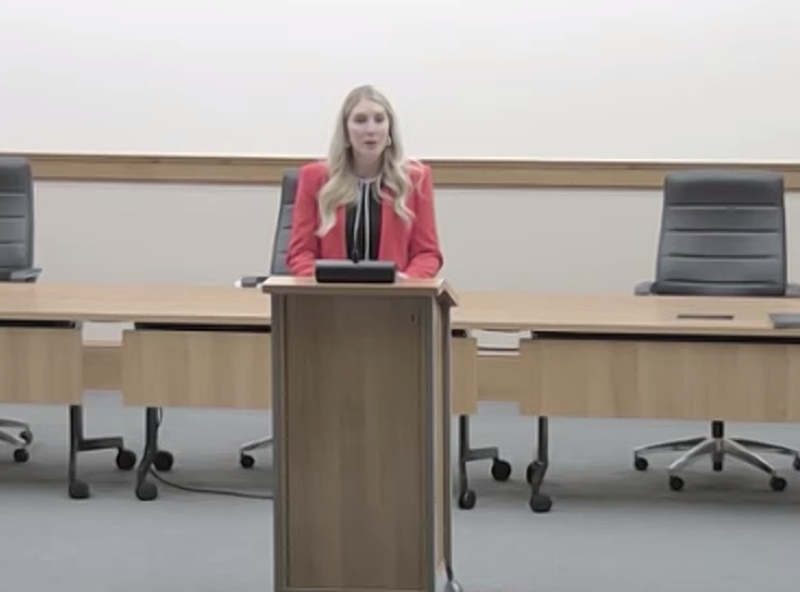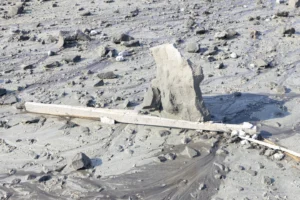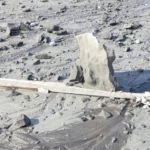Wyoming School Scores Improve Over Previous Two Years
Results show student proficiency rate increases, but scores remain slightly below pre-pandemic levels
- Published In: Other News & Features
- Last Updated: Sep 07, 2023

State Superintendent of Public Instruction Megan Degenfelder said Wednesday that 26% of Wyoming schools improved their performance rating last year. (Screenshot via Zoom)
By Carrie Haderlie
Special to the Wyoming Truth
Wyoming students have “steadily increased” in academic performance ratings following COVID-19 shut downs in the spring of 2020, but have yet to exceed pre-pandemic scores, State Superintendent of Public Instruction Megan Degenfelder said Wednesday in Cheyenne.
“[Proficiency rates] do remain slightly below those pre-pandemic levels, ranging from 1 to 2% below the 2018-19 scores,” Degenfelder said during a media event to discuss assessment results for the 2022-23 school year.
However, some districts saw double-digit growth in content areas or grade level data, she continued. Uinta County School District #4 achieved 74% proficiency in science, for an increase of 18.6%, and Hot Springs County School District #1 attained a 70.5% proficiency rate in math, up from 66% during the last two years.
“Overall increases in assessment scores, no matter how minor, are promising, as our schools continue to work toward pre-pandemic levels,” Degenfelder said.
Still, she called on the state to do better.

“While our state standards and assessment standards are set intentionally high, and we do assess all students, including those with IEPs or learning disabilities, proficiencies below 50% in any content area or grade, is not good enough,” Degenfelder said. “It wouldn’t be good enough in the private sector, and it isn’t good enough for our kids.”
Test scores, plans for improvement and transparency
Wyoming Test of Proficiency and Progress (WY-TOPP) and Wyoming Alternate Assessment (WY-ALT) results from the 2022-23 school year showed that 26% of schools improved their performance rating last year, while 53% of schools maintained their previous performance rating. Twenty-one percent of schools declined.
“While we celebrate the majority of schools improving or remaining constant in their overall performance, we must do better for those students in the 21% of schools that declined in performance,” Degenfelder said.
The education department, she said, is “actively working to bolster our statewide system of support, and will work directly with these schools and districts” that fell in the ratings.
“We won’t stop until every school is meeting expectations,” she said.
The WDE provides on-site technical assistance for struggling schools, meaning those that have consistently not met expectations for three years, Degenfelder said. That assistance includes work on a school improvement plan, regional trainings, review of the school’s assessment system, a multi-tiered system of support and ongoing mentoring.
“We are also working currently to design an additional fixture of the statewide system of support, which will be a leader or principal training program,” Degenfelder said.
The WDE has also allocated federal COVID relief dollars for extended and summer learning, high-dosage tutoring, literacy practices and coaches, digital or virtual education, mental health programs and accelerated learning. The education department is also looking at bringing together high-performing schools to work with those in need of support.

“Coming from the private sector, I recognize that we look at those schools … that are performing well, and we replicate that,” she said.
Overall student proficiency rates increased in English Language Arts (ELA) by 0.5%, in math by 0.7% and in science by 1% compared to 2021-22. However, proficiency rates in ELA in grades 4, 5 and 7, and in math in grades 4 and 9, declined slightly. Full assessment data is available here.
The WY-TOPP assessment began in 2017-18. In the spring of 2020, school districts received a waiver allowing them to forgo assessment, so the education department has no data for that year. School performance ratings are based primarily on scholastic achievement, but can also provide a comprehensive analysis of school performance by including aspects of student academic growth, such as year-to-year increases in achievement levels, and a measure of how prepared the students are for success after graduation, according to Degenfelder.
“This year we are publishing more resources for parents to better understand the school performance data, and will continue to release education data in a more transparent manner than ever before,” said Degenfelder.
Highlighting high-achieving schools
One quarter of Wyoming’s schools moved up one or more levels in school performance. Rock River School, a rural K-12 facility, was able to advance from “not meeting expectations” to “exceeding expectations.”
“These results are truly a reflection of what our entire staff has been working on the last three years,” said Rock River Principal Stacie Anfinson.
Skyline Alternative High School in Pinedale also made a significant move from “partially meeting expectations” to “exceeding expectations.” Twelve Wyoming schools maintained the level of “exceeding expectations” for the third consecutive year. This list of schools can be seen here.
Jeff Jones, superintendent of Sheridan County School District #1, which achieved a 70.7% proficient score in English Language Arts, said Wednesday that it is people, more than anything else, driving success in his schools.
“Our students continue to show impressive improvement each year, and we have so many pieces in place that contribute to this achievement,” Jones said.
His northern Wyoming district, he continued, has invested time and money into building a foundation for student success that boils down to one major component: staff support.
“Without question, the key ingredient in that foundation are the people that work with our students every day,” Jones said. “People, not programs, make the difference. … The money spent on materials, technology and buildings, etc., will never come close to the value of our human capital.”













